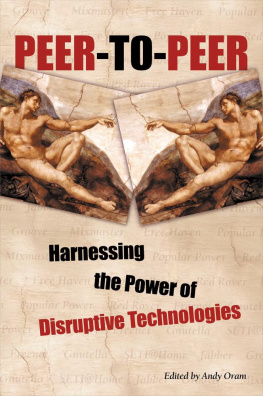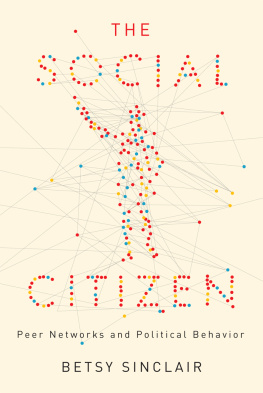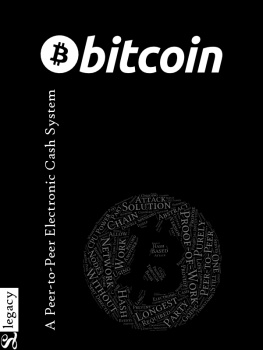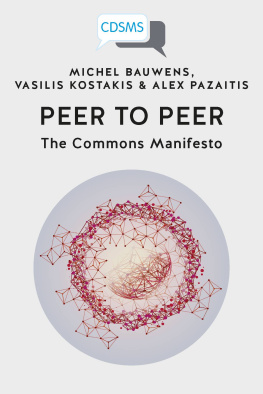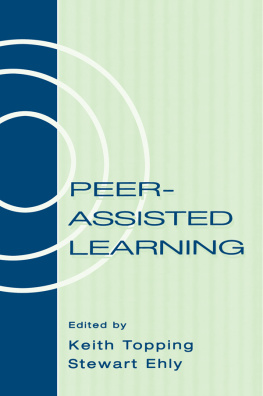I mentioned at the beginning of this preface that the idea ofpeer-to-peer was the new eyebrow-raiser for the summer of 2000. Atthat point in history, it looked like the Internet had fallen intopredictable patterns. Retail outlets had turned the Web into thenewest mail order channel, while entertainment firms used it to rallyfans of pop culture. Portals and search engines presented a smallslice of Internet offerings in the desperate struggle to win eyes forbanner ads. The average user, stuck behind a firewall at work orburdened with usage restrictions on a home connection, settled downto sending email and passive viewing.
In a word, boredom. Nothing much for creative souls to look forwardto. An Olympic sports ceremony that would go on forever.
At that moment the computer field was awakened by a number of shocks.The technologies were not precisely new, but people realized for thefirst time that they were having a wide social impact:
Napster
This famous andimmensely popular music exchange system caused quite a ruckus, firstover its demands on campus bandwidth, and later for its famous legalproblems. The technology is similar to earlier systems that got lessattention, and even today is rather limited (since it was designedfor pop songs, though similar systems have been developed for othertypes of data). But Napster had a revolutionary impact because of abasic design choice: after the initial search for material, clientsconnect to each other and exchange data directly from onesystems disk to the other.
SETI@home
This projectattracted the fascination of millions of people long before theNapster phenomenon, and it brought to public attention the promisingtechnique of distributing a computation across numerous personalcomputers. This technique, which exploited the enormous amounts ofidle time going to waste on PCs, had been used before in projects tocrack encryption challenges, but after SETI@home began, a number ofcompanies started up with the goal of making the techniquecommercially viable.
Freenet
Several years beforethe peer-to-peer mania, University of Edinburgh researcher Ian Clarkestarted to create an elegantly simple and symmetric file exchangesystem that has proven to be among the purest of current models forpeer-to-peer systems. Client and server are the same thing in thissystem; there is absolutely no centralization.
Gnutella
This experimentalsystem almost disappeared before being discovered and championed byopen source developers. It is another file exchange system that, likeFreenet, stresses decentralization. Its potential for enhancedsearches is currently being explored.
Jabber
This open sourceproject combines instant messaging (supporting many popular systems)with XML. The emergence of Jabber proclaimed that XML was more than atool for business-to-business (B2B) transaction processing, and infact could be used to create spontaneous communities of ordinaryusers by structuring the information of interest to them.
.NET
This isthe most far-reaching initiative Microsoft has released for manyyears, and theyve announced that theyre betting thehouse on it..NET makes Microsofts earlier componenttechnology easier to use and brings it to more places, so that webservers and even web browsers can divide jobs among themselves. XMLand SOAP (a protocol for doing object-oriented programming over theWeb) are a part of .NET.
Analysts trying to find the source of inspiration for thesedevelopments have also noted a new world of sporadically connectedInternet nodes emerging in laptops, handhelds, and cell phones, withmore such nodes promised for the future in the form of householddevices.
What thread winds itself around all these developments? In variousways they return content, choice, and control to ordinary users. Tinyendpoints on the Internet, sometimes without even knowing each other,exchange information and form communities. There are no more clientsand serversor at least, the servers retract themselvesdiscreetly. Instead, the significant communication takes placebetween cooperating peers. That is why, diverse as these developmentsare, it is appropriate to lump them together under the rubricpeer-to-peer.
While the technologies just listed are so new we cannot yet tellwhere their impact will be,peer-to-peer is also the oldestarchitecture in the world of communications. Telephones arepeer-to-peer, as is the original UUCP implementation of Usenet. IProuting, the basis of the Internet, is peer-to-peer, even now whenthe largest access points raise themselves above the rest. Endpointshave also historically been peers, because until the past decadeevery Internet- connected system hosted both servers and clients.Aside from dial-up users, the second-class status of todays PCbrowser crowd didnt exist. Thus, as some of the authors inthis book point out, peer-to-peer technologies return the Internet toits original vision, in which everyone creates as well as consumes.
Many early peer-to-peer projects have an overtly political mission:routing around censorship. Peer-to-peer techniques developed indeliberate evasion of mainstream networking turned out to be veryuseful within mainstream networking. There is nothing surprisingabout this move from a specialized and somewhat ostracized group ofexperimenters to the center of commercial activity; similar trendscan be found in the history of many technologies. After all,organizations that are used to working within the dominant paradigmdont normally try to change that paradigm; change is morelikely to come from those pushing a new cause. Many of theanti-censorship projects and their leaders are featured in this book,because they have worked for a long time on the relevant peer-to-peerissues and have a lot of experience to offer.

